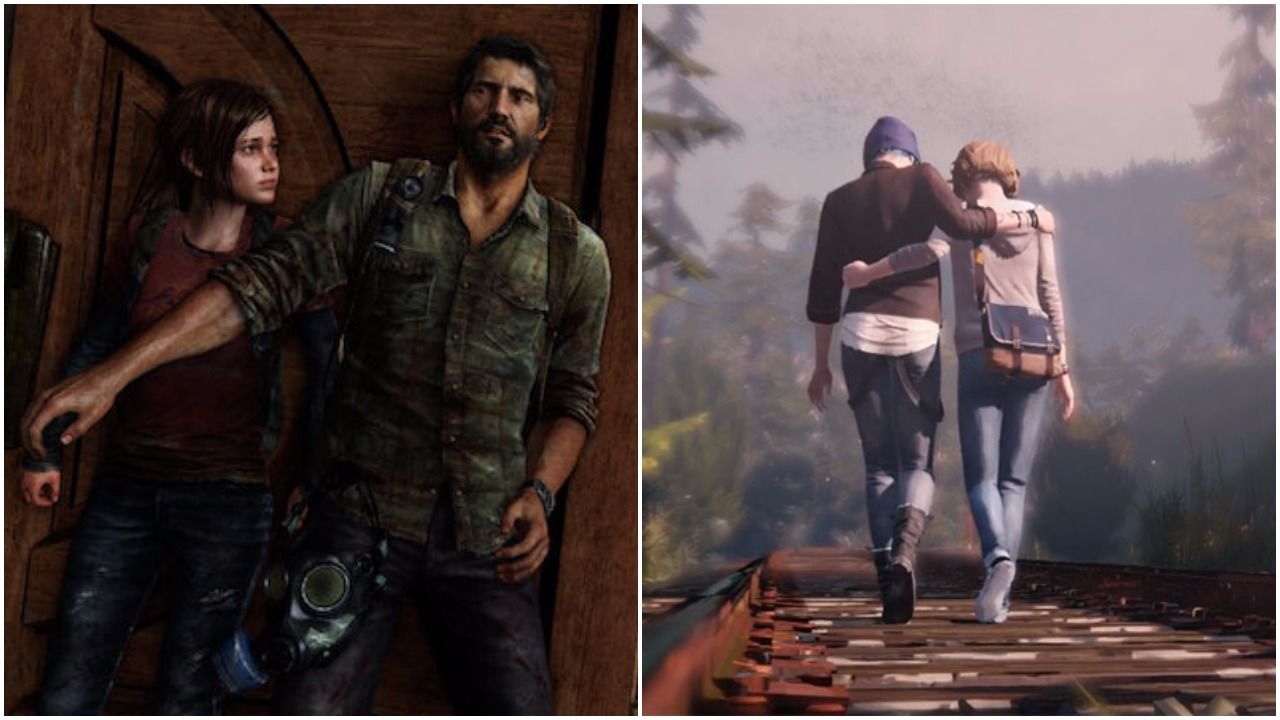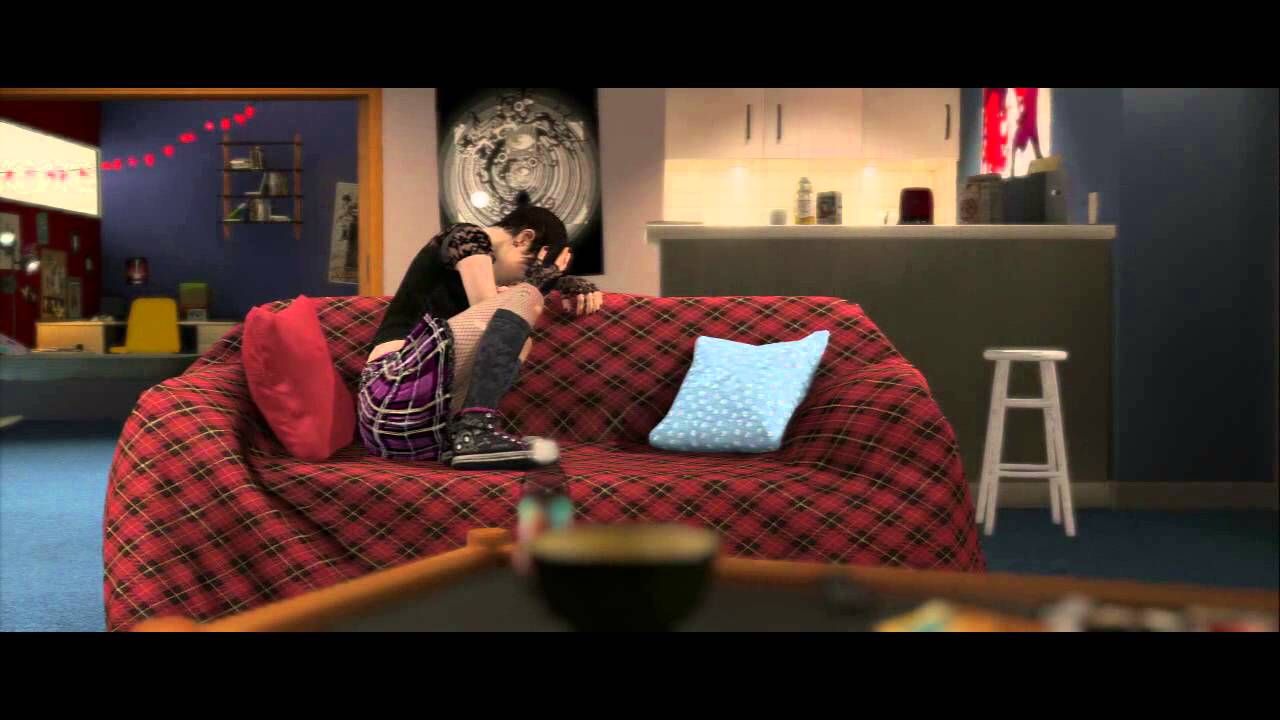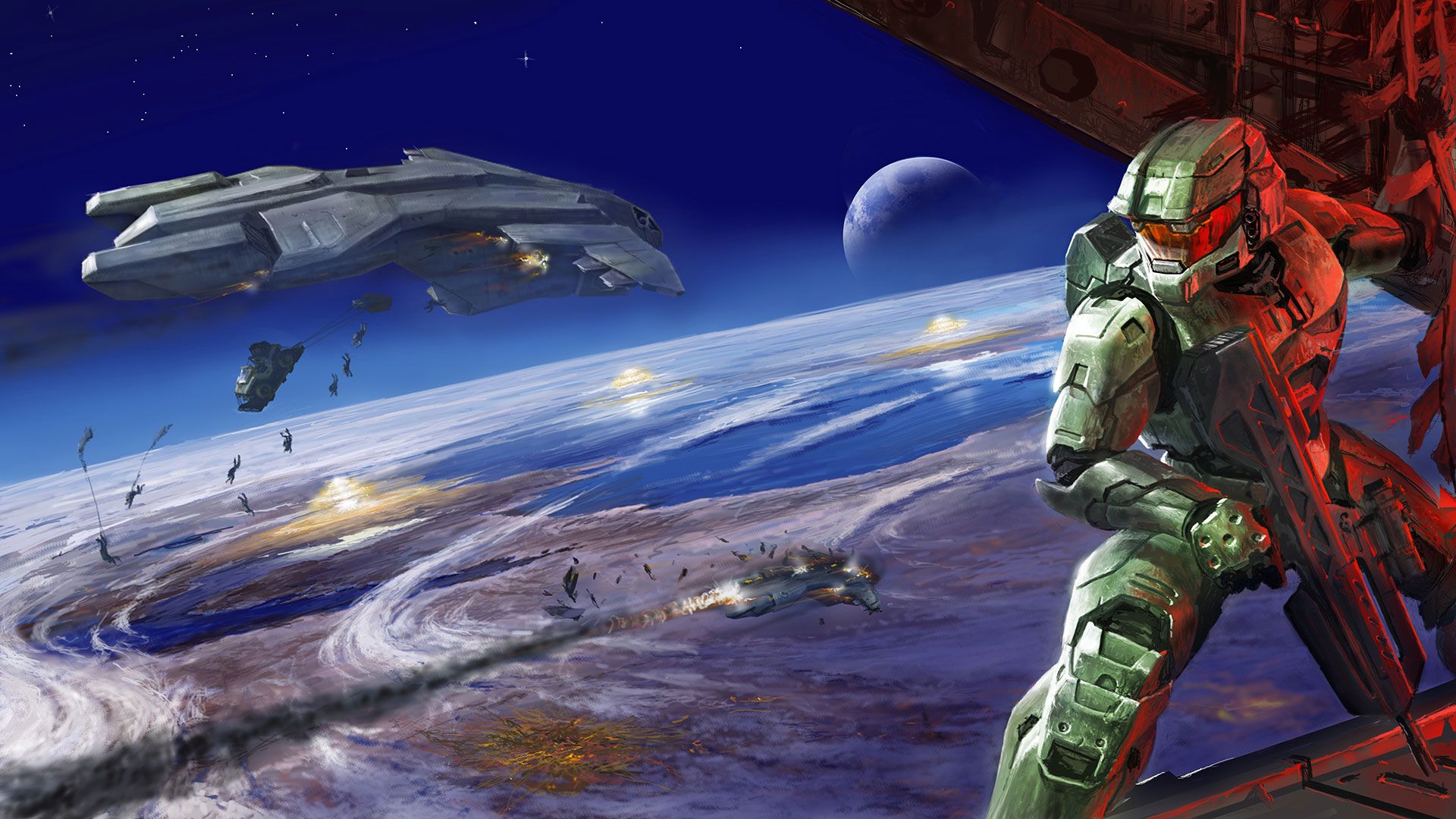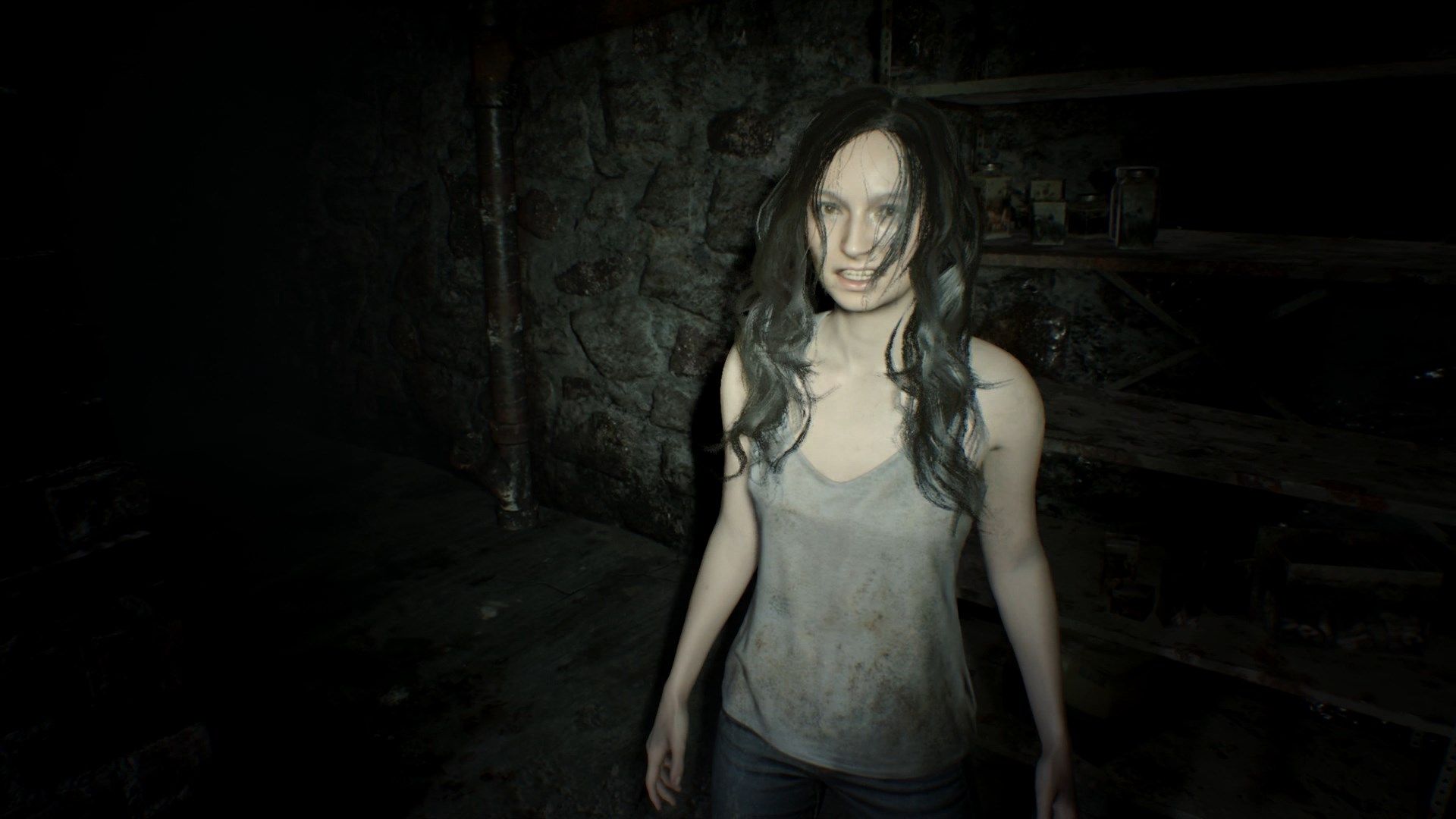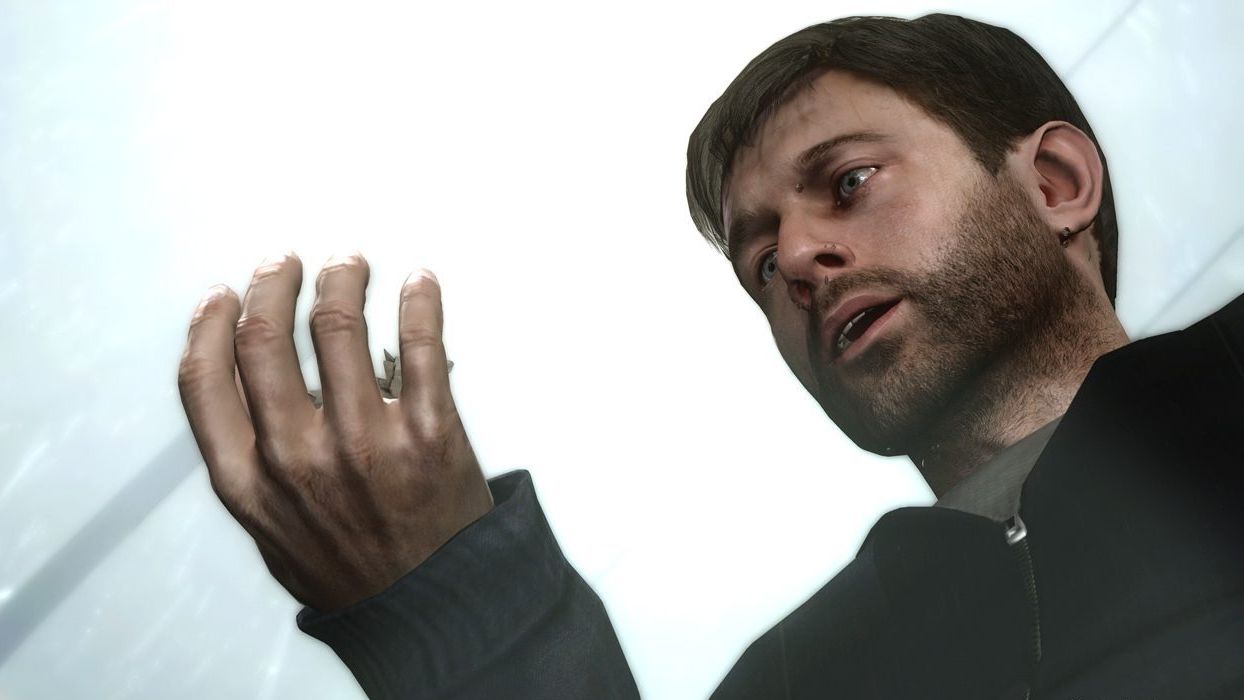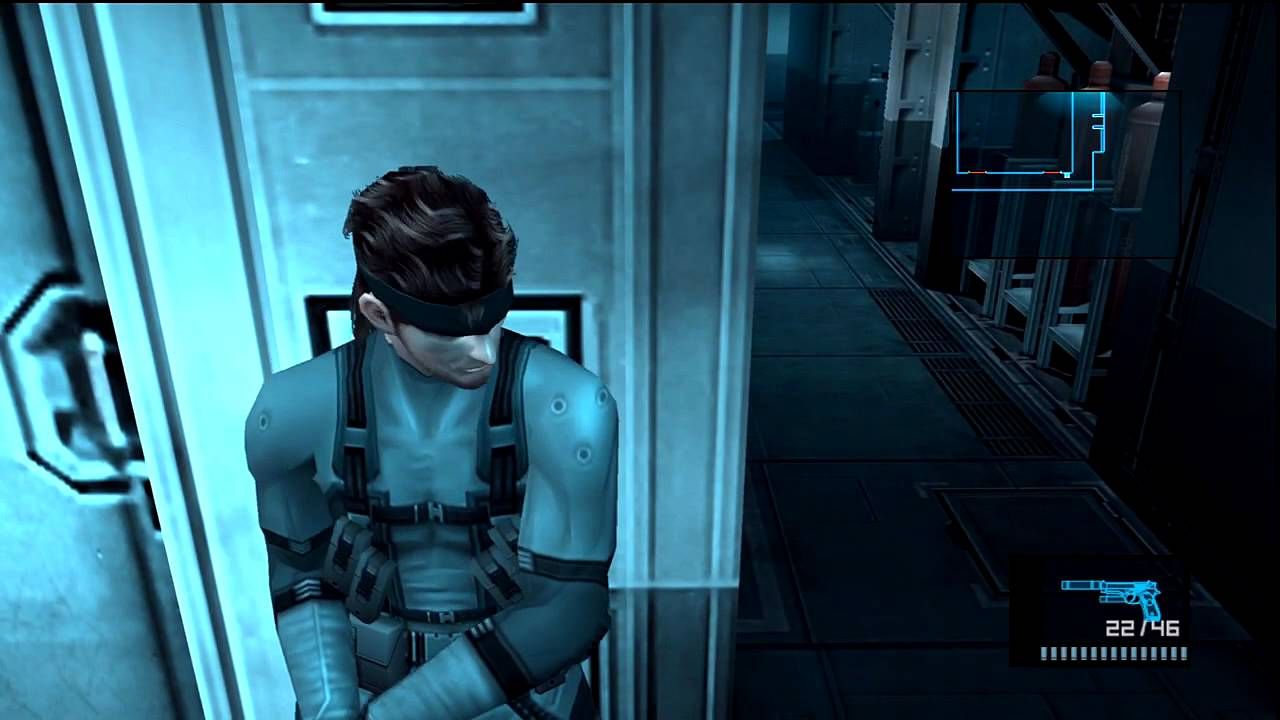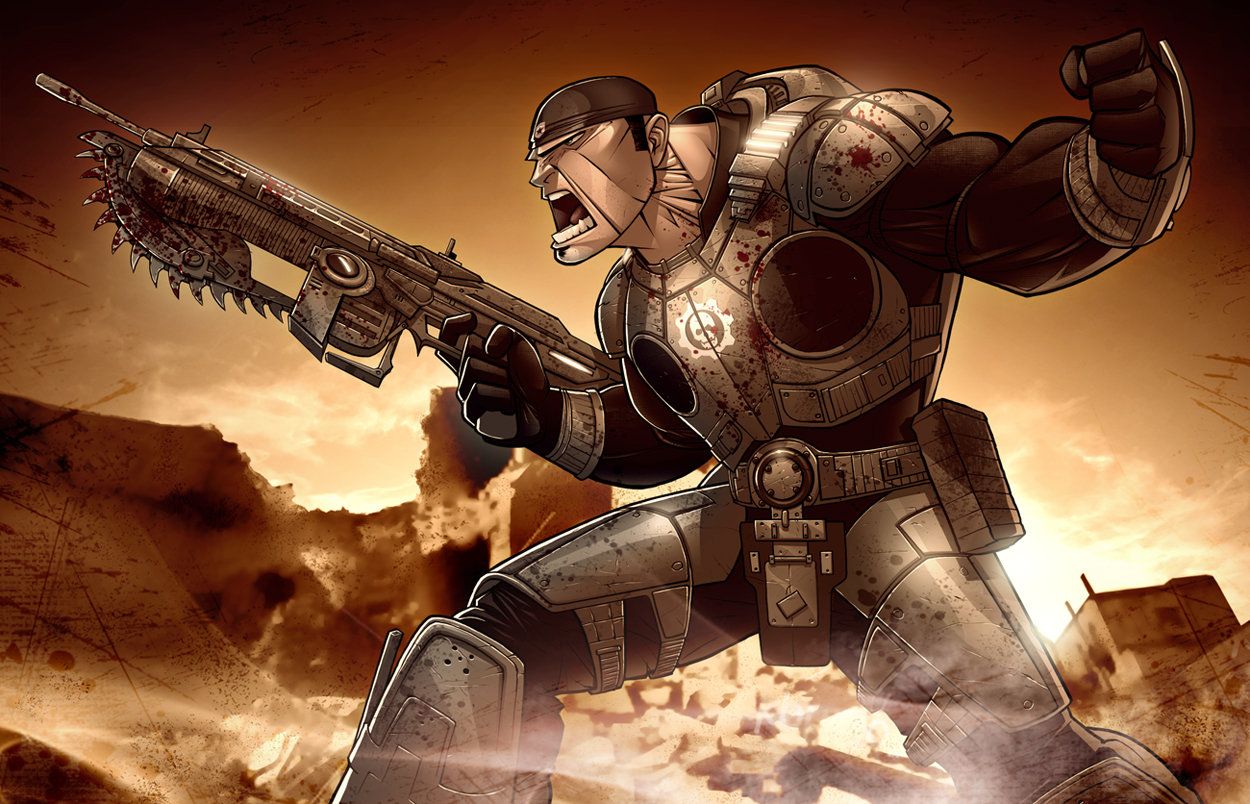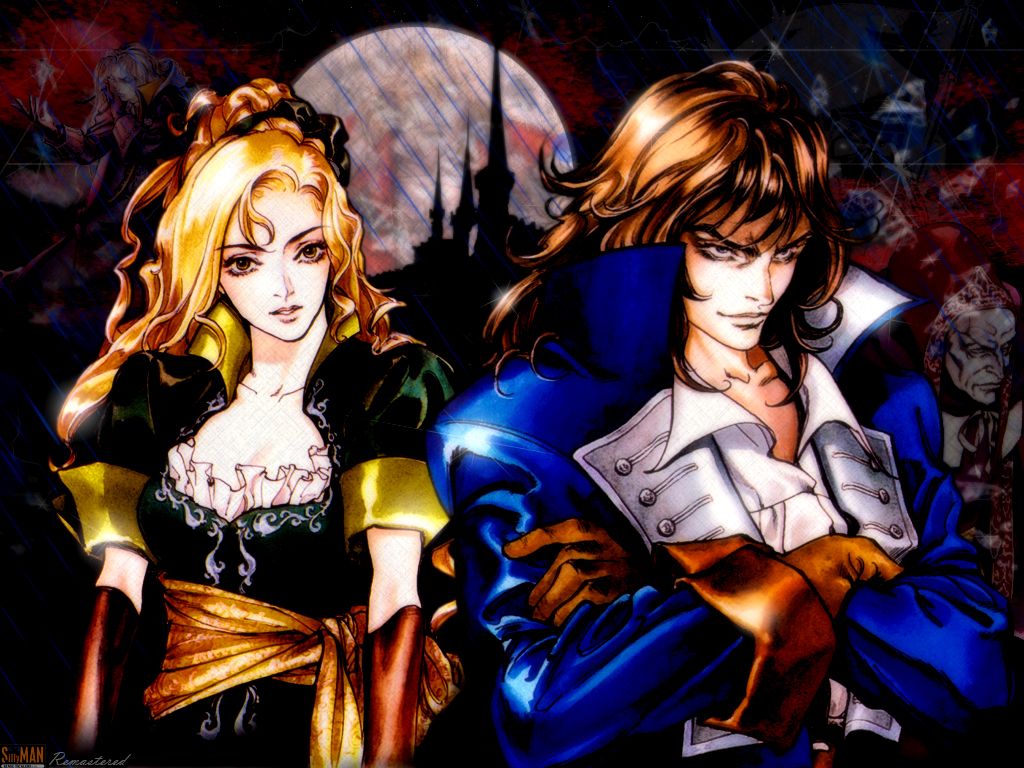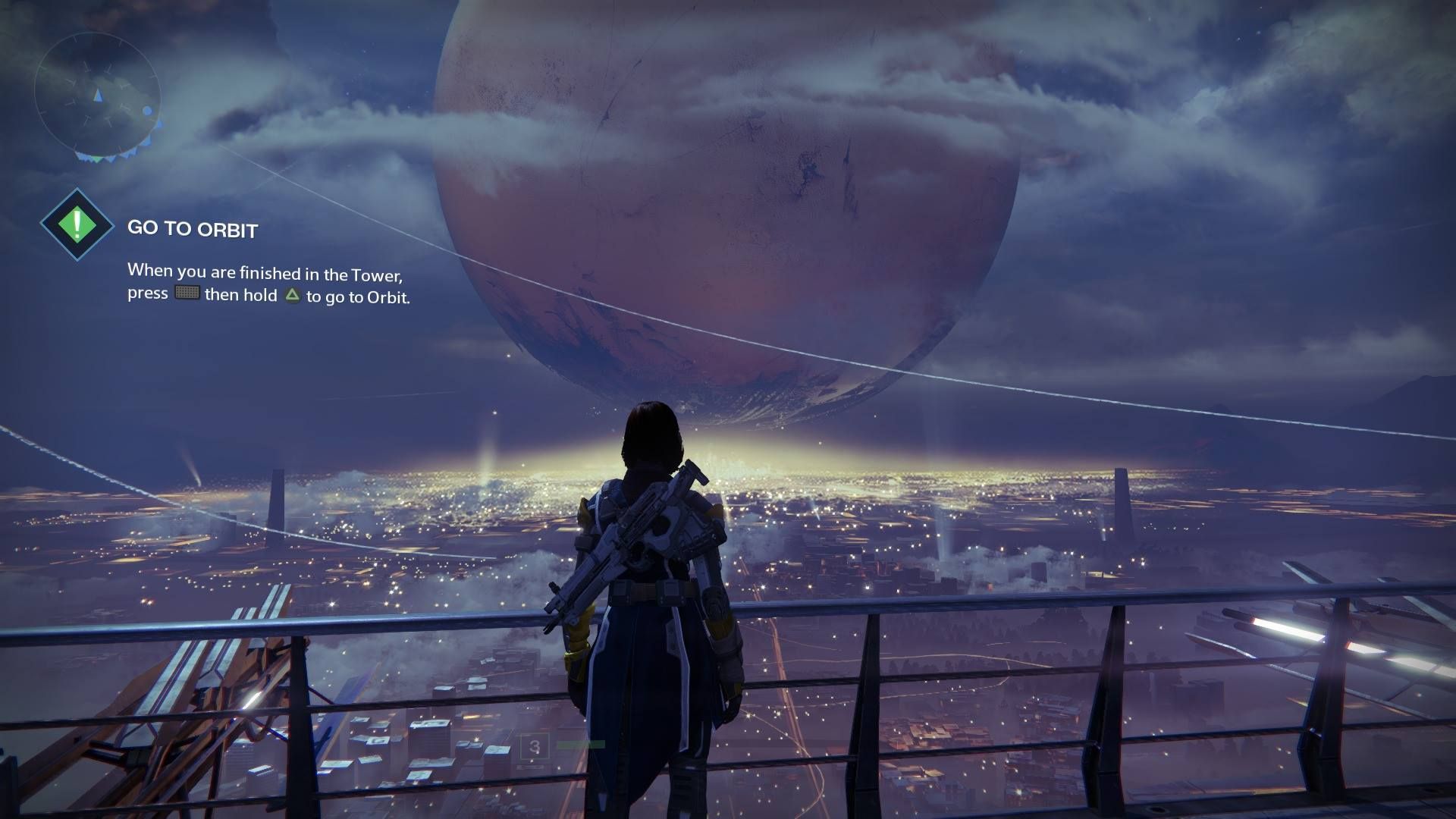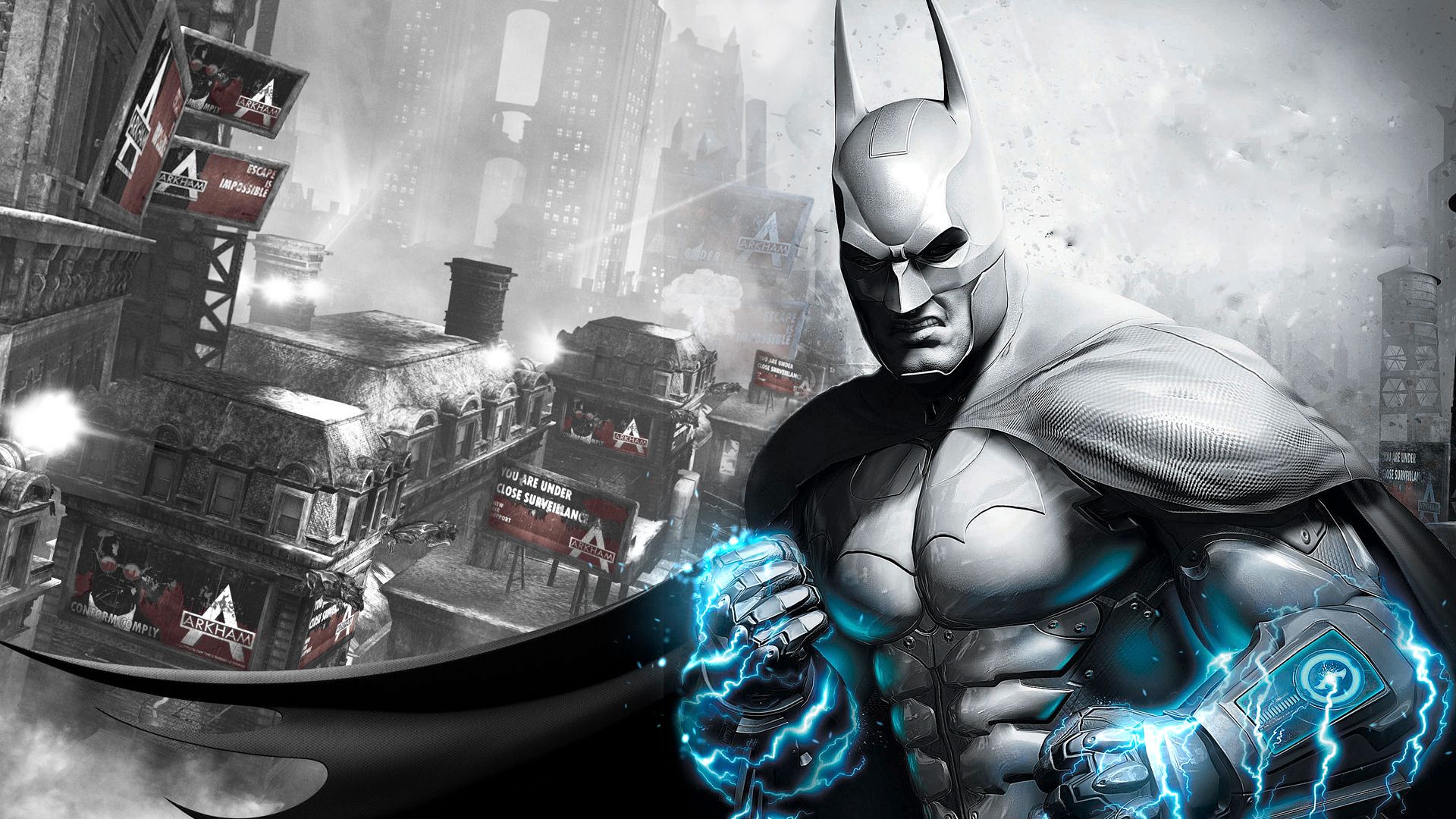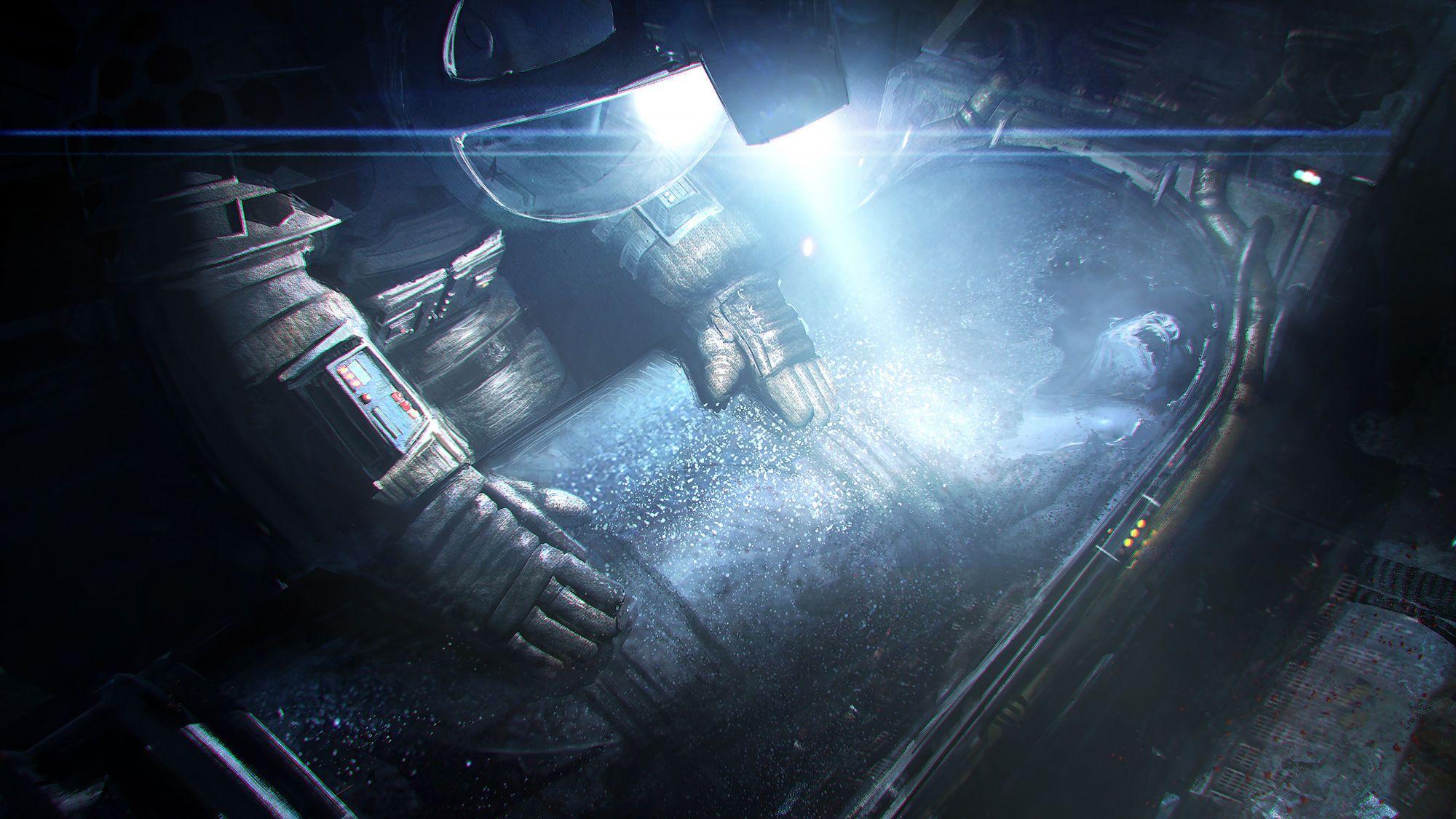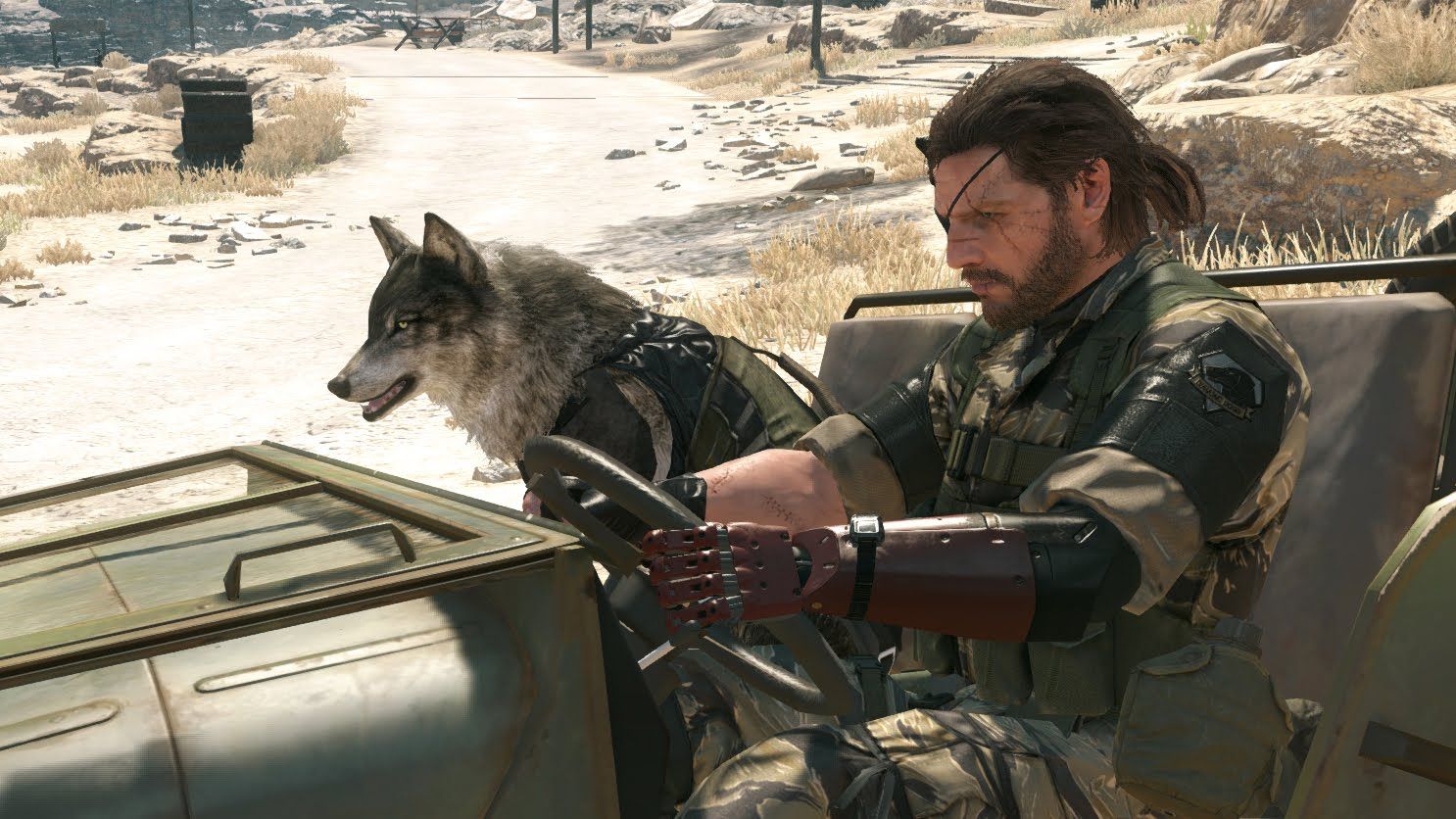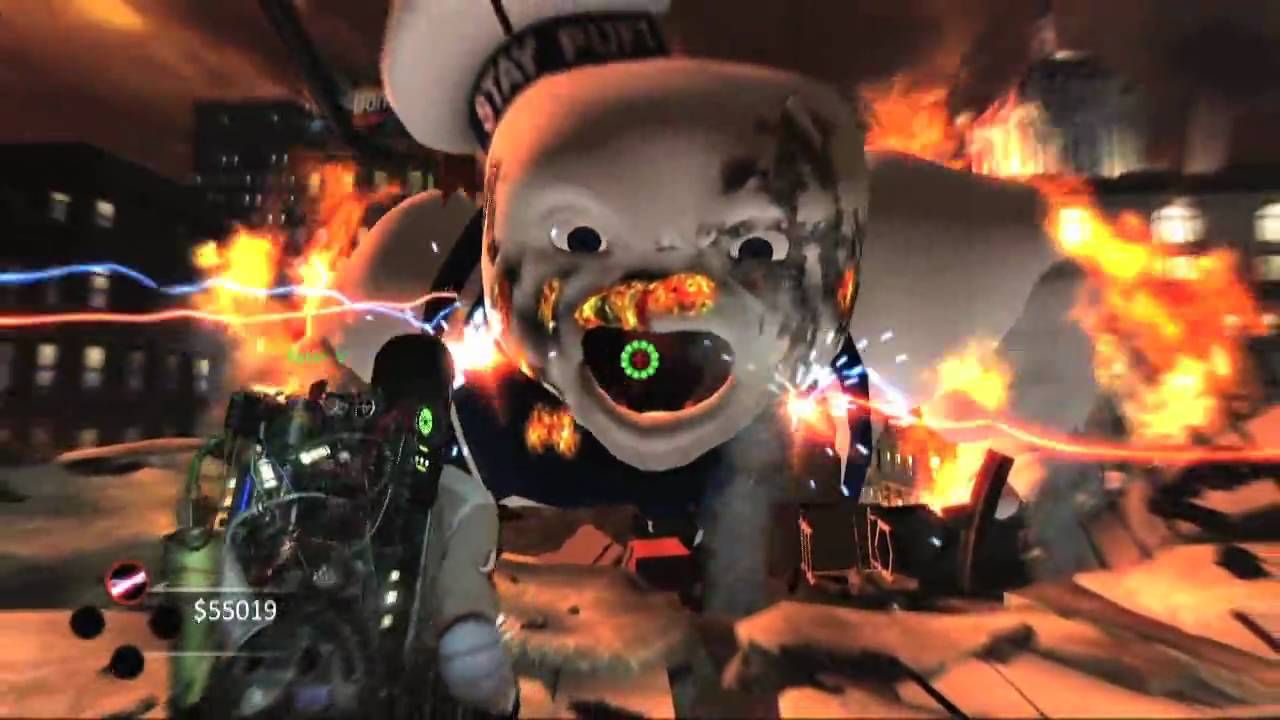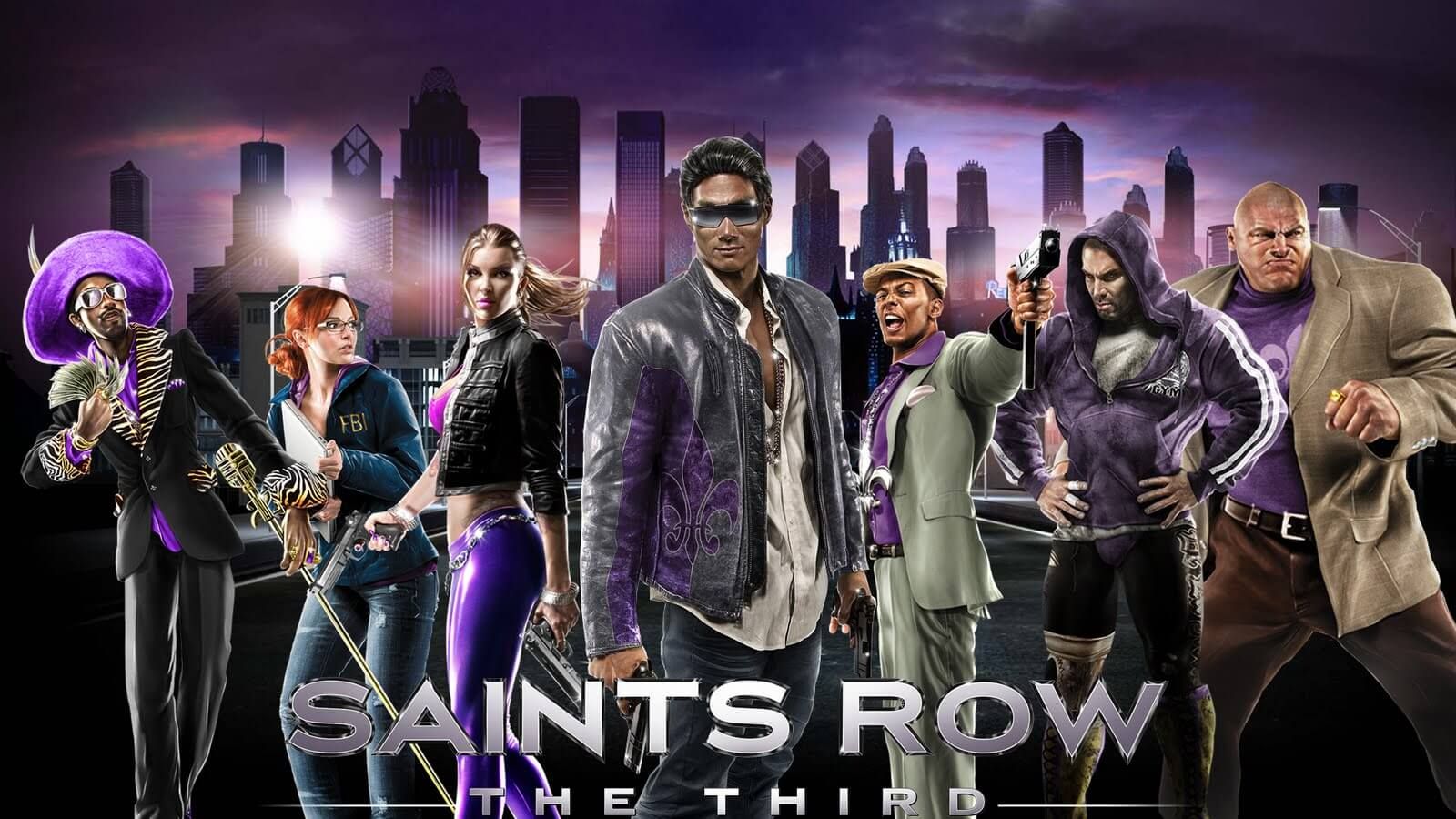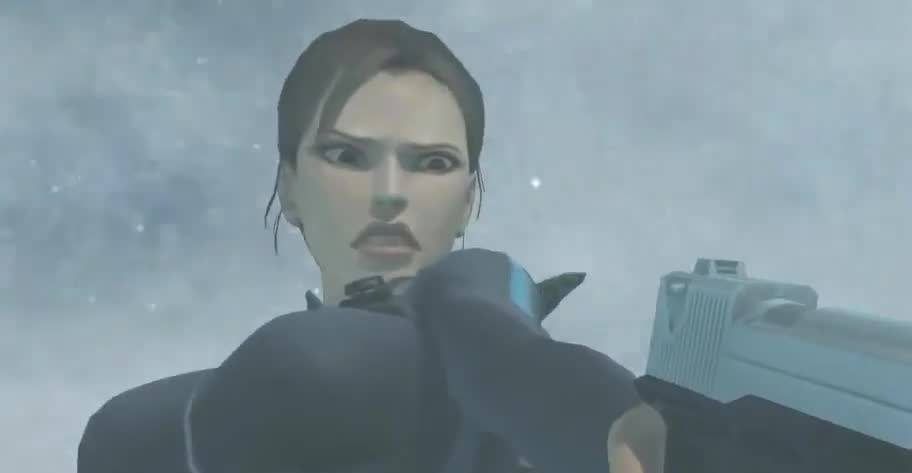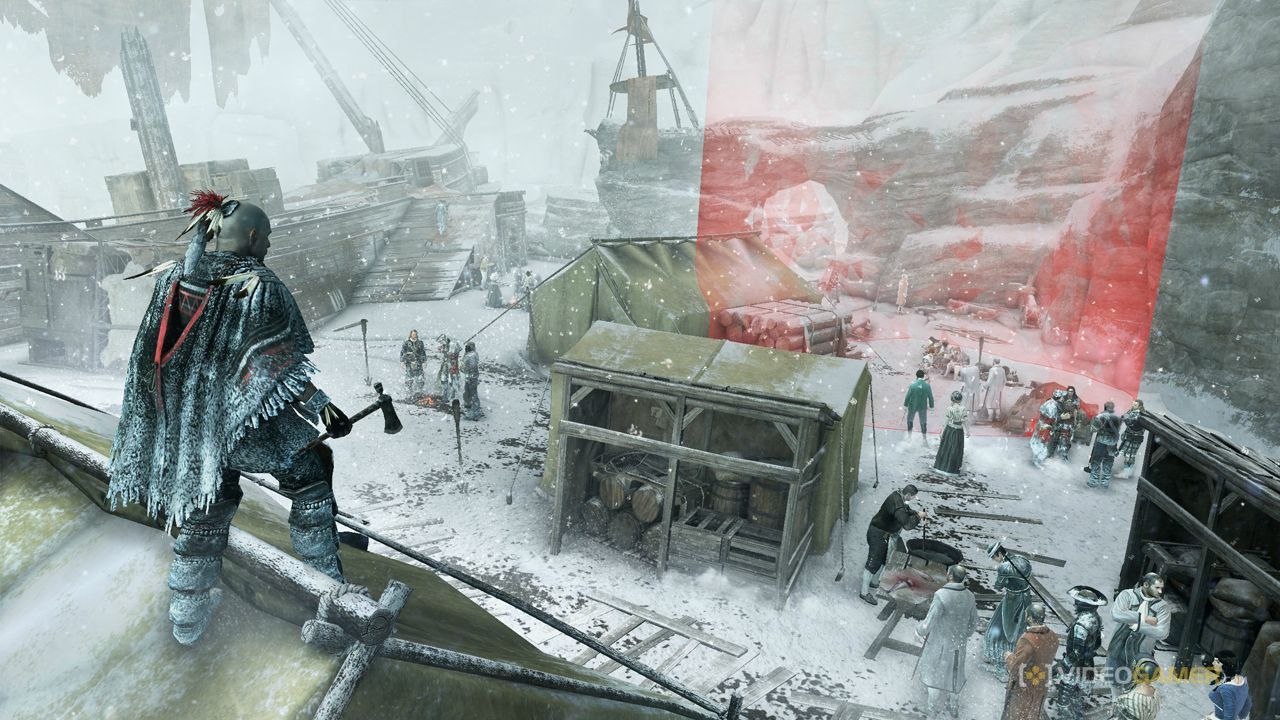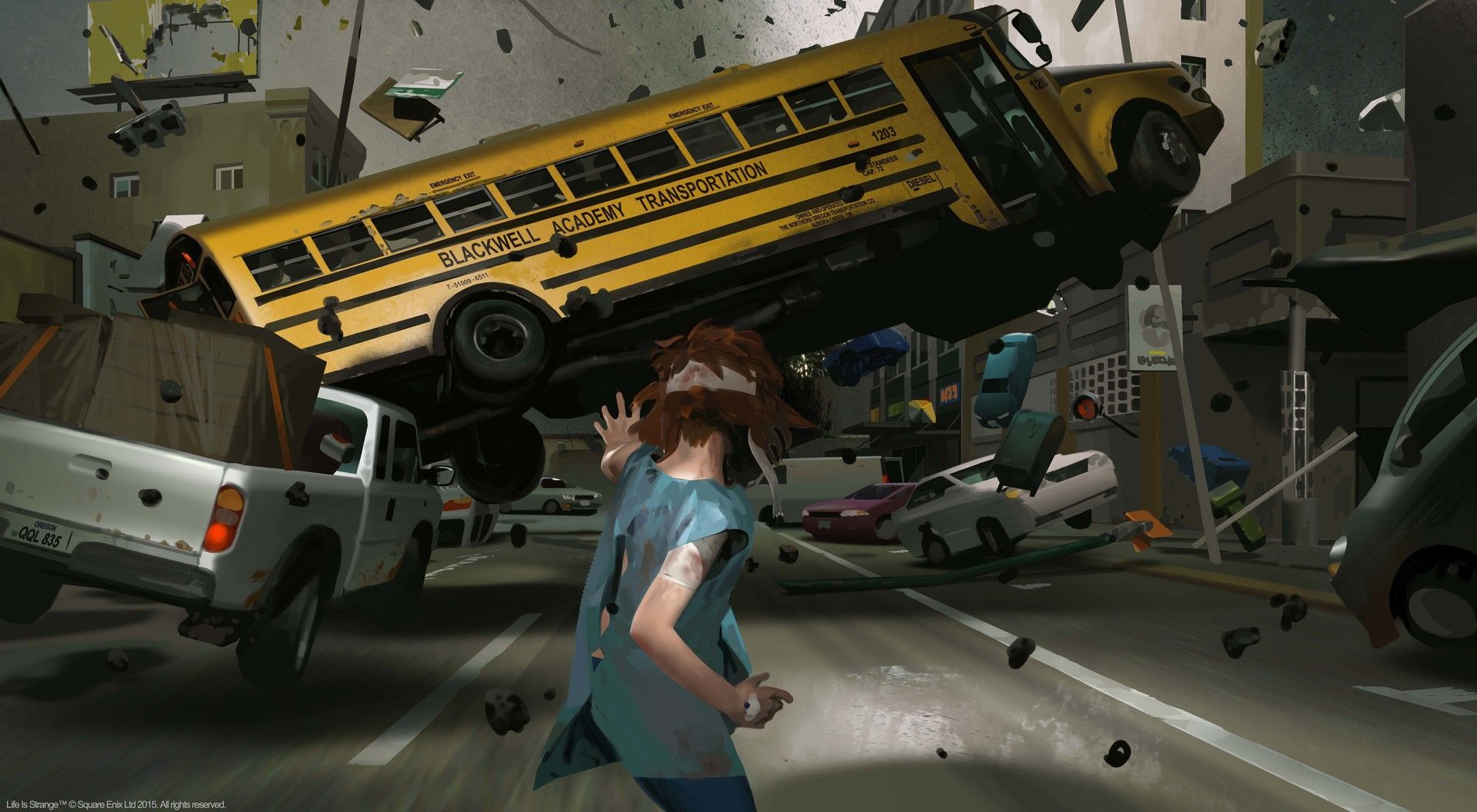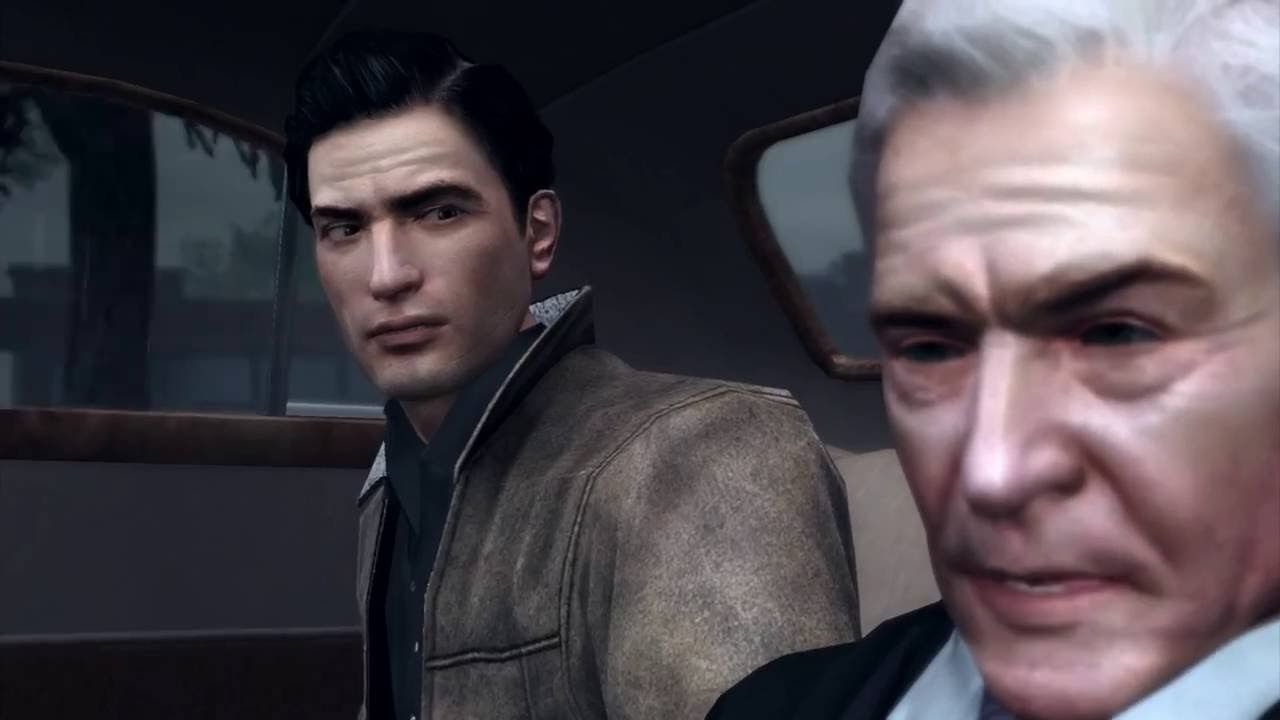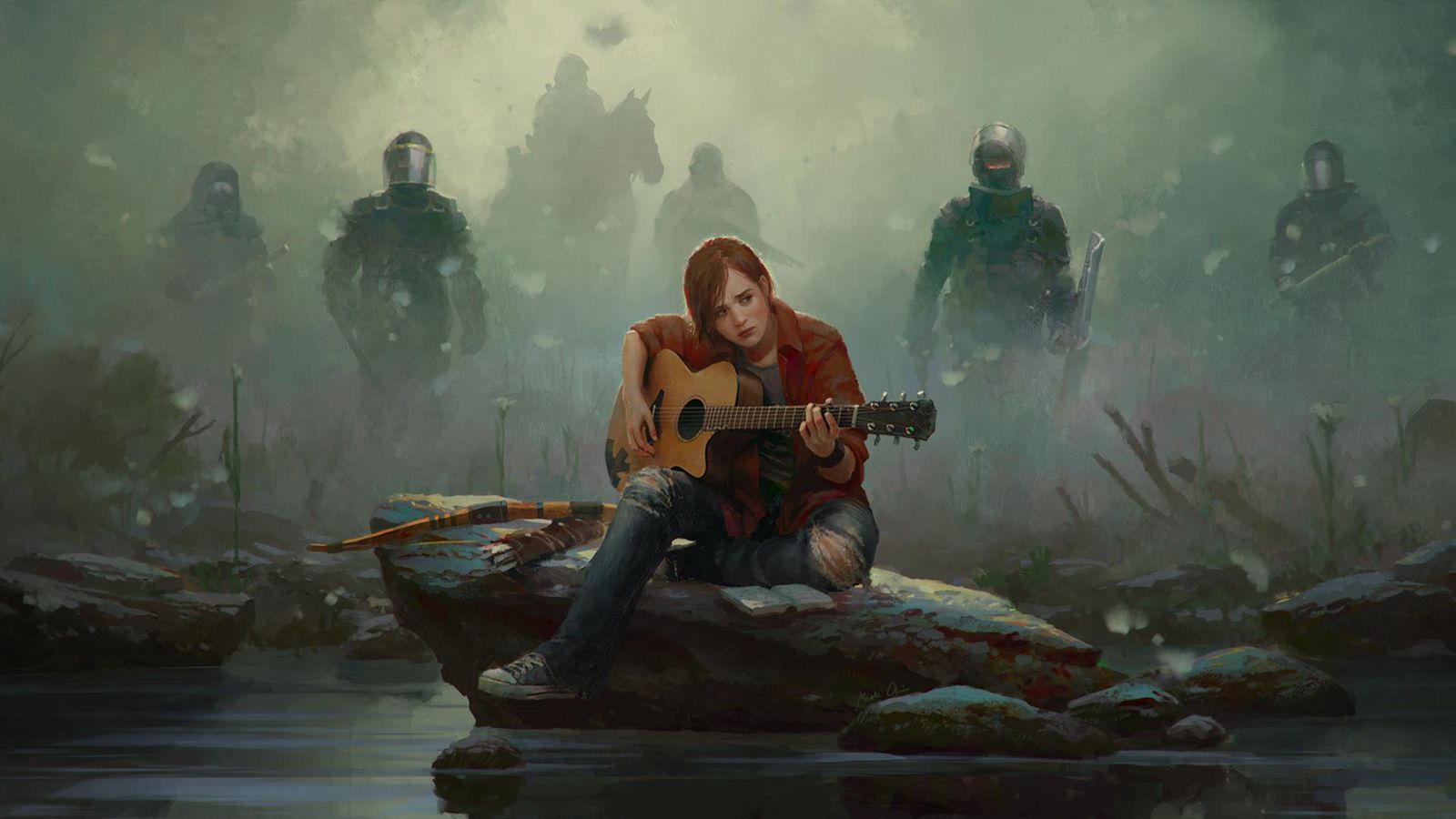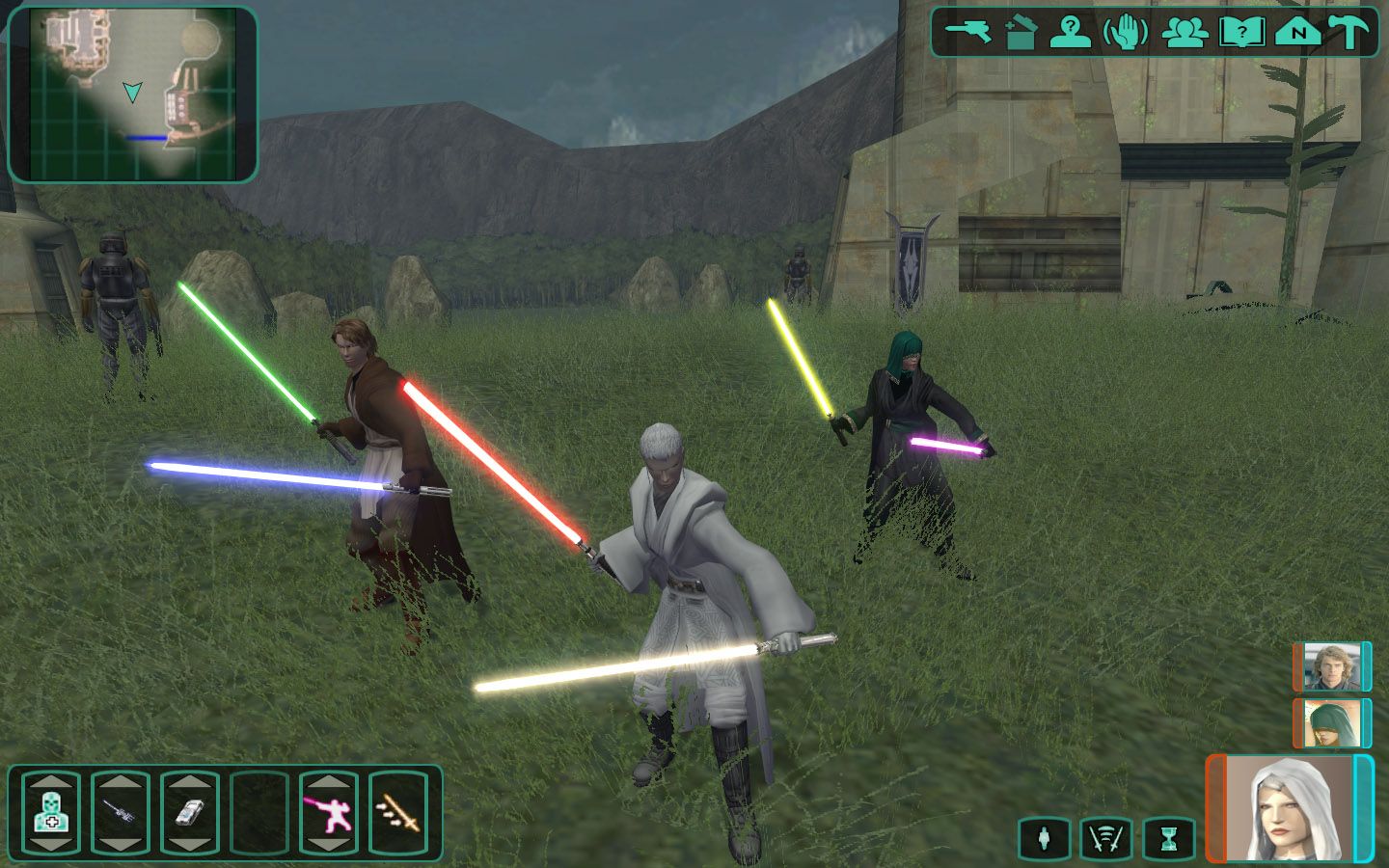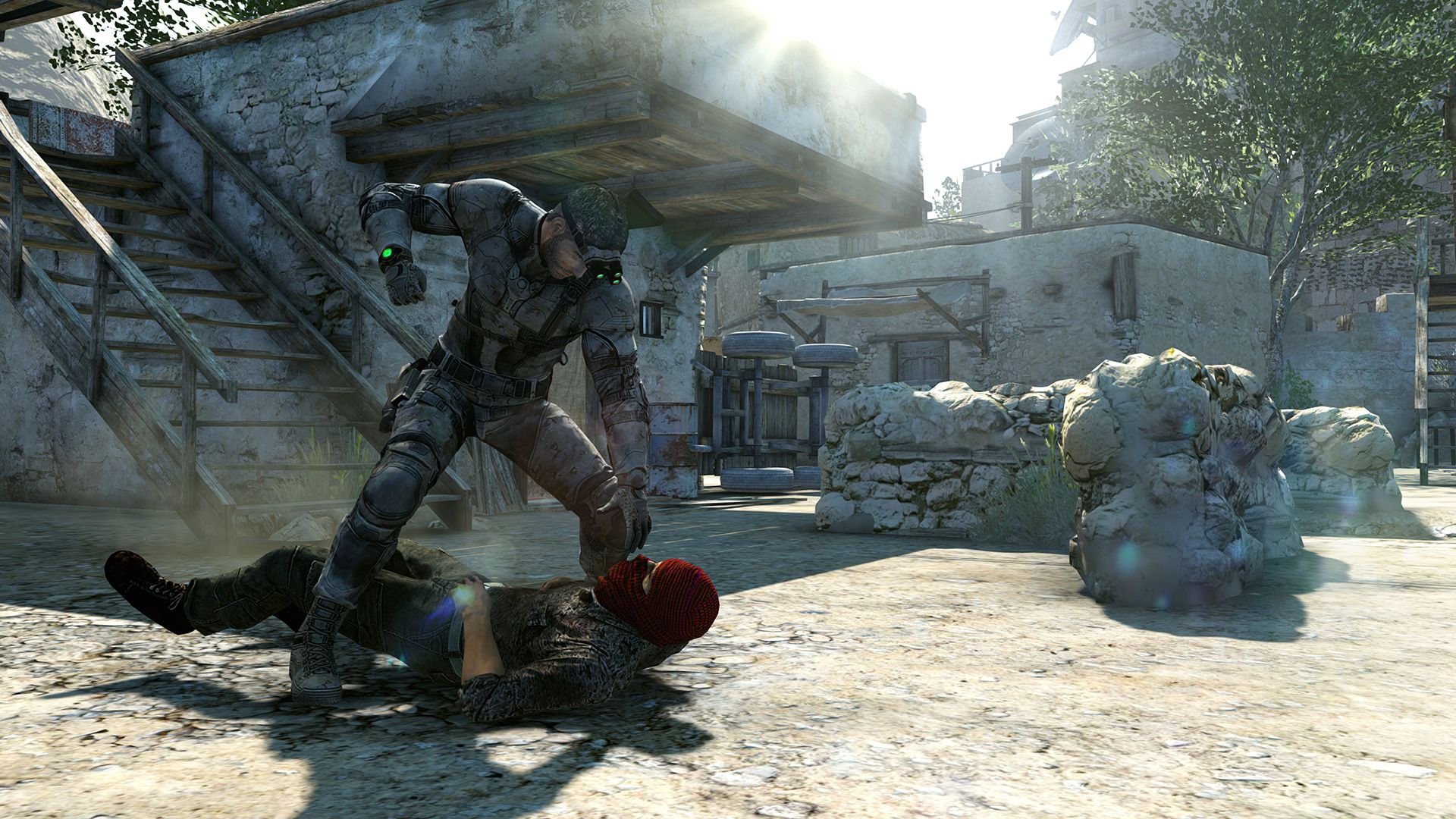Cutscenes. You either hate them or you love them. Some consider the cutscene to be an enormous waste of time that prevents you from playing the game you spent so much money on. Others eagerly await the glorious graphics of a cutscene that will enlighten them as to what will happen next in the narrative. However you look at cutscenes though, there's no doubt that a good cutscene is meant to progress the player's knowledge of the game's plot without having them distracted by gameplay.
Games execute cutscenes differently. Sometimes they pull you out of first-person perspective to show you your character's body for the first time or they can seamlessly replace gameplay with you only realizing this when you can't control your character. Opinions on cutscenes vary wildly because not only are they a bit of a polarizing subject, they can also be done in so many different ways.
Through the course of development, sometimes a game's design changes drastically. Cuts get made, and sometimes those cuts are cutscenes. These eliminations are meant to smooth the flow of the game, or at least they usually are. Other times, the game's development is rushed so scenes had to be deleted, or else a cutscene of poor quality would have been released. Yet other times, developers, after reviewing their game, recognize that a cutscene is inappropriate for players or for the narrative, so a hasty removal would be the best course of action. Below, we've made a list of games that have had cutscenes removed from various games, but their removal came at the slight expense of the plot. For games that play out like interactive movies, we've included some scenes where players have minimal control over the situation. Shall we begin?
20 Beyond Too Much?
Beyond: Two Souls is its own kind of game, by which we mean it is one of those games reminiscent of an interactive movie. Made by the same developers as Heavy Rain, Beyond: Two Souls is the story of how a girl named Jodie grew up with a soul that is not her own forever attached to her. Players can switch their control between Jodie and Aiden (the attached soul) with the press of a button. Having Aiden connected to her causes her to have a whole set of outlandish problems that a normal teenage girl would not have. However, she endures some horrendous situations that occur regardless of Aiden's presence.
One of these situations occurs at a bar she's visiting past her curfew. Men assault her, but fortunately, Aiden swoops in to defend her by paranormal means. In the game that released, you only see the men throw Jodie upon a pool table before Aiden can step in and help her. However, audio files exist that reveal that the abuse scene was intended to last for a longer amount of time, perhaps becoming a full-on rape scene. Removing this scene spares gamers from having to witness it as well as questioning why on earth Aiden would let it get that far.
19 The Halo Cliffhanger
Halo 2's ending is infamous for the amount of disbelief it dished out to gamers everywhere as they helplessly sat witness to the biggest cliffhanger in Halo history. Not only had the last mission ended gameplay in the hands of the Arbiter, but a vast Covenant armada had just arrived on Earth's doorstep. Master Chief was on the scene and ready to "finish the fight," but... it just ended that way.
Whether you were more or less okay with that ending, plans for a more straightforward resolution had been in the works. The intended ending would have seen Master Chief and Arbiter working together on Earth, routing the Prophet of Truth out of the Ark (which would have been on Earth) and literally finishing the fight. The cliffhanger we got did spur us to line up for Halo 3, and we can't imagine Halo 3 without those glorious Ark installation maps. So maybe it was all for the best.
18 Just A Little Bit Off The Top
If someone told us that developers deleted a scene from Resident Evil 7: Biohazard for being too brutal, we would promptly ask, "Have you seen the rest of the game?" (For creepy games that were intended for children, check out this unbelievable list). Apparently, plans for a very gruesome scene were talked about, but then ultimately dismissed when considered more carefully.
As we all remember, our trip to the Baker household was less than pleasant. Each member of the family was vomit-inducing in their own special way. Our first introduction to the Baker estate is given to us, however, by our beloved wife Mia. Playing as Ethan the husband, we're horrified and confused to see the demonic-looking changes that have overcome our wifey. At one point, she chops off Ethan's hand with a chainsaw, and we have to run away holding a stump. Developers wanted to take this to the next level and have Mia saw Ethan right in the middle of his torso, and then have players crawl away with his guts ickily on the floor. We don't think that's just a flesh wound.
17 Paranormal Origami Activity
In Heavy Rain, father Ethan Mars races against time to find his son who has been kidnapped by the prolific serial killer, the Origami Killer. The game is well-known for having multiple endings that player choice can affect. The reason that Ethan's son is kidnapped in the first place is that Ethan suffers from blackouts. He will recover himself miles from where he was with an origami figure held in his hand. He suffers one of these blackouts while at the park with his son and wakes up blocks away, and by the time he sprints back to the park, his son has disappeared.
Developers cut dream sequences that would flash by during Ethan's blackouts showing events from the perspective of the Origami killer. The reasoning behind this is that the paranormal connection between Ethan and the Origami Killer was unnecessary to the overall story. However, by taking these sequences out, it's even more inexplicable why Ethan would make origami figures during his blackouts. Unless he really is the killer all along!
16 Post-9/11 Changes
The ending to Metal Gear Solid 2: Sons of Liberty would have seen the large, submersible mobile fortress, Arsenal Gear, crashing into Manhattan. Operative Ocelot, inhabited by the spirit of Liquid Snake, sends Arsenal Gear to ram itself into the city. While the ship sent to collide with Manhattan does achieve this goal in the game, the specific sequence of the ship slamming into the Statue of Liberty and shoving it all through Manhattan was removed.
The game was released in November 2001, not more than two months after the September 11 attacks were made on the World Trade Center in New York. The United States was still recovering from the shock and horror that those attacks instilled. Removing those scenes was a respectful nod to the tragedy that many in New York suffered on that day.
15 Gears Of Stealth?
In the Gears of War series, cutscenes sometimes provide a choice for the player to make. Will you fight on the ramparts or will you fight on the ground? Will you take the left path or will you take the right path? In Gears of War 2, one of these cutscenes was removed, but later included as added downloadable content. When we got our hands on this DLC, we all thought, "Great! More Gears!" The Road to Ruin DLC was not the kind of Gears experience we were expecting though.
Dom and Marcus' choice in the deleted sequence is to "Use Stealth" or to "Go In Guns Blazing." Going in with guns blazing is the regular Gears way, so we tried out the stealth option in eager curiosity. Stealth in Gears of War is just walking. That's it. Walking. Dom and Marcus play Theron dress-up and just walk through the level. We'd say the developers made a good decision in deleting this choice.
14 How Do You Kill A Problem Like Maria?
Castlevania: Symphony of the Night is a symphony of great gameplay elements coming together to create a powerful game that hasn't aged as much as most games made in the 90s. Players still compare the endings they got at the end of their playthroughs and discuss the ramifications of choices made during the story. The most well-known choice is when Alucard, the protagonist, has to decide to kill Richter Belmont (good guy turned bad by the evil Shaft) or to save him. Alucard can only make this choice if he meets up with heroine Maria Renard and she offers him Holy Glasses. With the Holy Glasses, Alucard can see Shaft's curse on Richter and then save him.
Unused sound files reveal that there was an ending in which not just Richter's fate was in the balance, but Maria's as well. If Alucard doesn't save Richter, these clips indicate that Maria would have tried to save Richter herself. This leads to her getting possessed by Shaft. Alucard would then have to fight her and possibly kill her.
13 An Evil Destiny
For those who played the original Destiny, one of the biggest complaints that you can understand is the lack of a solid narrative. The gameplay was engaging and fun, especially if you had people to play with (wasn't nearly as much fun alone, I can tell you that), and the multiplayer aspect of the game was generally enough to excuse Destiny in most gamers' eyes for not having a good story.
Before launch, it's been revealed that a lot of the story was changed, though whether this is connected with the departure of the lead writer can only be speculated upon. Players of Destiny have uncovered snatches of hidden story that depict the beneficent Traveler as a focal point of Darkness instead of the Light it's always lauded to have. Whether developers will return to this lost story in the future or not, only time will tell. It would make a Shyamalan-esque twist though.
12 Them Fists
The Arkham series revolutionized how Batman fought, and many copycats have sprung up, mimicking the seamless combat that just seemed so... Batman. Of course, Batman wasn't always the brooding Dark Knight that we have become used to seeing. He has a campy, corny past that fans of the Caped Crusader either loathe or look back on fondly. One of these campiest of campy moments comes from the Batman movie from the 60s, where Batman pulls out an actual can of Shark Repellent Bat-spray to ward off an overzealous shark. How can a Batman game not take advantage of such rich source material?
If a player is killed by Tiny, the Penguin's pet shark, the death screen will include a little Easter Egg message, saying that mayhaps, Batman should use his fists as shark repellent, which is a decent nod to the movie. But an idea that was cut from the drawing board was the notion that Batman would pull out some shark repellent, opening the container to reveal a large knuckle duster. Now if only that had been included.
11 A Lot Of Game For A Little Solace
Alien: Isolation is a long game. A very long game. Especially when compared to other triple-A horror titles, Alien: Isolation stands out as a time-heavy game. The detailed environments that were made to look exactly like the original movies made every minute spent on Sevastopol Station worth it, but there were times when the game dragged. And apparently, an entire opening sequence that would have lengthened the game's time more was cut from the released version.
Voice recordings, similar to the ones Amanda Ripley discovers on Sevastopol, showed that some survivors of the station tried to flee on a ship called the Solace. Before reaching the station, the Torrens, Verlaine's ship that takes Amanda to Sevastopol, would have come across the Solace, and the crew would have investigated the wrecked hulk before continuing on to the station. There is a partial desire for this part of the game to have been included, because as I said before, walking around in the Alien universe is a treat. But holy cow, we can't imagine how much longer they could have made this game.
10 More Like The Fandom Pain
Metal Gear Solid V: The Phantom Pain was a long-awaited sequel to a steady series that acutely hurt fans during development. The separation of Hideo Kojima, long-time developer of the Metal Gear series, and Konami, the publishers, caused fans to worry over the development of the supposedly final Metal Gear Solid game. The Phantom Pain released to mainly positive reviews, but a deleted ending episode changed the story's resolution entirely.
The final episode, if released, would have continued the story past Venom Snake's realization that he isn't Big Boss, and would have had him meet Eli, another copy of Big Boss. The two would have fought, and Eli would have lost. During a moment of self-reflection, Venom Snake would have parted ways with Eli, and fans would have been treated to an early glimpse of Liquid Snake, the recurring villain that Eli turns into.
9 Ghosts On Parade
It's not often that a video game based off of a movie turns out well. (Funnily enough, the same can be said about movies based off of video games. Darn. That's actually kind of sad.) Ghostbusters: The Video Game was one of those rare exceptions. The game was an entertaining romp through the city streets, battling ghosts and laughing at the somewhat stilted dialogue that was nowhere near as smooth as the improvised bits from the movies. Unfortunately an entire level, cutscenes and gameplay together, was cut from this otherwise acceptable adaptation.
In this missing level, the Ghostbusters would have attended the Thanksgiving Day Parade. And by "attend," we mean that they would have gotten atop a float and fought off ghosts. The evidence of these cut scenes are referenced at least twice in the finished game. The mayor chews out the Ghostbusters and lists several events they've wrecked, one of which is a parade. News reports also reference a disturbance at the "parade." First time playing this, we all pondered why the mayor was getting so angry over a parade that never existed.
8 We Wrecked This City
Open-world games are attractive because of the freedom and agency they offer. When the world is engaging enough, and the inhabitants are entertaining enough, an open-world game can be a surefire success. Saints Row called to gamers not solely because of its open-world nature, but also because of the humor that pervades the nooks and crannies of the games. In Saints Row: The Third, the game misses an opportunity to split our sides when they cut out a scene after the destruction of the bridge to Stilwater.
The Saints were supposed to gather together and, during a corny montage accompanied by a heartfelt song, raise money to rebuild the city. This scene would have fit in well with the vibe Saints Row has continually produced. And remember... Stilwater is spelled with one "L."
7 Cold, Cruel Croft
Lara Croft is the daring heroine of the Tomb Raider series, and we enjoy her adventures for that sense of wondrous mysticism and courageous feats (and extensive puzzle-solving). In Tomb Raider: Legend and Tomb Raider: Underworld, Lara's antagonist wasn't a clear-cut bad guy. Instead, it was the bitter Amanda Evert, Lara's former friend until an escape from a cave-in convinced Amanda that Lara had abandoned her to die.
In the ending to Tomb Raider: Underworld, Amanda and Lara reconcile as the two of them must rely on each other to escape from yet another hairy situation. Lara and Amanda then part ways. A darker alternate ending to the game was cut out. In this ending, after escaping the temple and running out into the freezing snow outside, Amanda tries to kill Lara. Lara shoots her in the knee, and then leaves a bleeding Amanda to die from the frigid elements or blood loss. Developers obviously couldn't keep an ending that painted Lara as that cruel.
6 Assassins Don't Make Speeches
Assassin's Creed III has its issues. As far as games goes, it's not that bad. But when compared to the other Assassin's Creed games, it's not necessarily top dog. That said, it's not the worst either. (Unity, we're looking at you. You had such potential, but then your launch was just so glitchy.) Looking at the game's audio files, some monologues were cut out that were so movingly spoken, it seems a shame to have gotten rid of them.
These two speeches were given by Templar Daniel Cross and Assassin Connor. Connor's speech, supposed to be given in an epilogue, is a tribute to Connor's struggles. It's addressed to his father and sounds simultaneously bitter, yet hopeful. The removal of Daniel Cross' monologue to Desmond is a true tragedy. The power of his emotion as he laments his life and displays the fractured state of his mind should have been included purely for the heartbreak it bestows on us players.
5 Life Would Have Made Sense
Unused concept art for the game Life Is Strange had fans of the game racing to figure out if this meant there was a third ending to the game. Life Is Strange, as the name implies, tells of Max Caulfield whose life is turned upside down by a strange gift. Max gains the ability to rewind time, which of course leads to all sorts of problems. Her friendship with old friend Chloe Price, however, is the biggest draw of the game. Their interaction is so genuine, and despite the time powers, their friendship grounds the game in a kind of reality.
This concept art shows a scene that was ultimately never included in the game. After being taken by (SPOILER) Mr. Jefferson, Max is rescued by Chloe's stepfather, David. In the scene that was cut, David would have taken Max to the hospital and she would then have to subsequently escape the hospital, after which the game would progress as normal. It wasn't deemed necessary, so instead, David lets Max, a recently stolen teenager leave Jefferson's creepy dark room without any medical attention whatsoever.
4 He Made Me An Offer I Couldn't Refuse
Mafia II's story is a riveting example of how well video games can tell a narrative within an open-world setting. Players follow Vito Scaletta as he tells the story of his life. Despite having a phenomenal plot, content was cut from the released version of the game. In Chapter Eleven, Henry Tomasino comes to Vito looking for a job with the Falcone family. Vito obliges him, and the job that Henry lands is a hit on Leo Galante. The job is offered to Vito as well, but he declines because Leo is a bit of a father figure to him.
In the cut content, Vito could have had the choice to accept the contract kill with Henry. We don't know how this would have ended; we can only guess. When Vito first met Leo in prison, Leo took him under his wing. It seems implausible that Vito would ever accept taking the contract. Then again, in a mafia world, alliances do shift suddenly.
3 The Last Of The Epilogue
If there is a pinnacle to narrative achievement in gaming, then The Last of Us is already there. No other game in recent years has come as close to having the widespread emotional impact that this game has had. So it comes as a surprise to us that an epilogue was cut from the game as an after credits scene. Do you remember how The Last of Us ended? Ellie straight-up asked Joel to not lie to her, and then he lied anyway, and we were left with a final glimpse of Ellie's disbelieving face as she said, "Okay," and then the screen cut to black. We have never experienced end-of-game depression like that before or since.
In the epilogue, Ellie and Joel would have sat at a campfire, Joel strumming a guitar and trying to entice a somewhat stoic Ellie to talk to him. She eventually warms up to him when he throws out an awful (awesome) pun, and she allows him to teach her how to play guitar. Then the scene ends. If the game had ended on that note, we're sure our depression would not have hit us quite so hard.
2 A Lightspeed Rush To Finish
Publishers sometimes focus too much on releasing games by a specific date instead of releasing a game of good quality at a later date. This is said to be the case for the highly anticipated sequel to Star Wars: Knights of the Old Republic. The sequel, titled Star Wars: Knights of the Old Republic II: The Sith Lords, suffered from a rushed development that was obvious when looking at the endings to the game.
As an RPG (role-playing game), Star Wars: KOTOR II was meant to have more player agency than, let's say, a game like Halo. Choices that you make matter in the long run. Infuriatingly, the game that originally launched featured for an ending a measly cutscene of a spaceship soaring off into space, and that's it. Thankfully, KOTOR II was reworked and released with its intended endings available.
1 To Torture Or Not To Torture
In Tom Clancy's Splinter Cell, the plot demands that you interrogate enemies for information. In Splinter Cell: Conviction, there are sequences where players must control the torture as they obtain information, and then afterwards must make the decision to either kill or simply maim who you are interrogating. This is questionable gameplay, and it was so questionable that developers removed a similar torture scene in the sequel, Splinter Cell: Blacklist.
The torture scene involved knifing the throat of your victim, and then queries being thrown his way. Putting the immorality of torture aside momentarily, how is a person expected to give information with a knife in his throat? That said, torture is immoral, and player-controlled torture in a video game is a controversial subject. Some sequences, as it turns out, are best left cut from a game.

